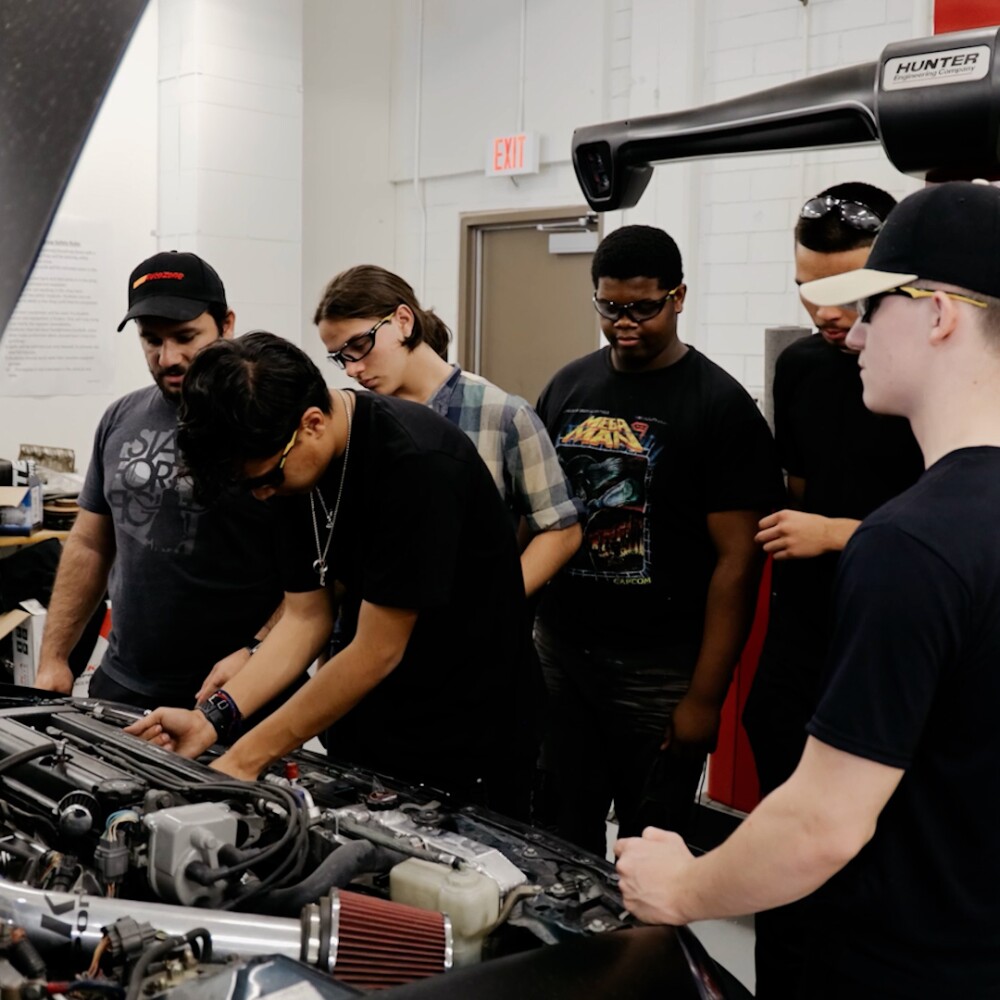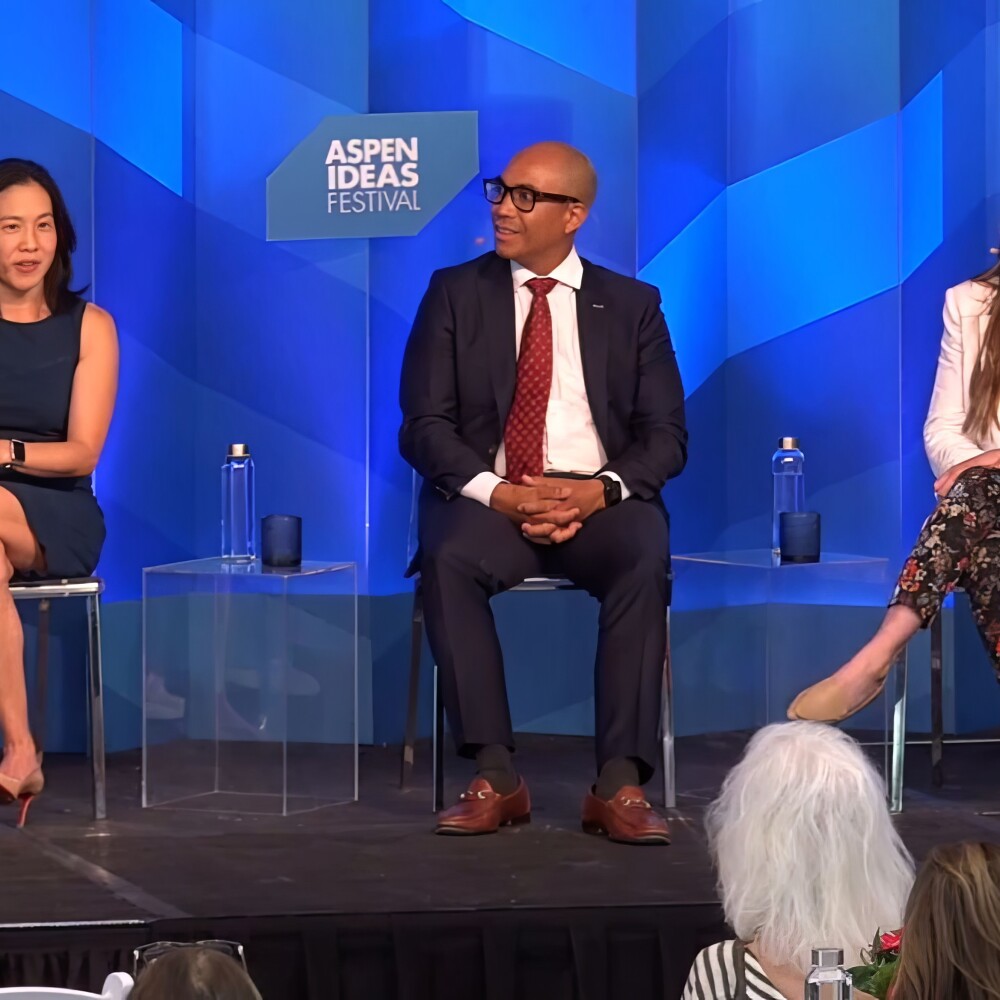For Native American students, a quality education involves not just strong academics, but a curriculum rooted in family, tribal and cultural heritage. November is Native American Heritage Month, and the Walton Family Foundation is highlighting the work of education advocates like Kurrinn Abrams who—in learning from our shared history—are working to ensure a more equitable future for all Native people.
Tell me about yourself and your drive to make a difference for Native American communities.
Nya: weh! I am from the Seneca Nation of Indians and consider myself an urban Native because I grew up in California far away from my home tribal community in Western New York.
Throughout my schooling, I have always been the only Native student, which can feel pretty isolating at times. I was the first person in my immediate family to go to college, on a campus that didn’t have any Native student support services, Native teachers, Native student groups, nothing. There were so few of us that they lumped me and four other Native students into the Chicano/Latino cultural graduation celebration.
If I didn’t have the determination to succeed and a strong support system at home, I don’t know if I would have persisted. In one class, I learned that the Native American population accounted for less than 1% of students who went on to advanced degrees. It broke my heart. It was then that I knew I had to get an advanced degree, not only for my own growth, but to do good by my ancestors and break barriers for my future Native brothers and sisters.
My graduate thesis focused on support structures for Native students. I found that the Native student is multifaceted, and therefore student support must cater to every aspect of a Native student’s identity to ensure college success.
I now work for the National Indian Education Association as an education specialist. We work to provide comprehensive, culture-based educational opportunities for all American Indian, Alaska Native and Native Hawaiian communities.
Our families are searching for ... a school climate characterized by safety and belonging, where their Native identities are honored and respected.
Can you explain some of the unique barriers that Native American families face when it comes to finding the best educational choices for their children?
Native students live in two worlds: the world of the family and tribe, and the world of the school. Our families are searching for the best options that serve both their cultural and academic needs, in a school climate that is characterized by safety and belonging, where their Native identities are honored and respected.
Barriers include inadequate access to transportation, a shortage of school choices or an enrollment system that may be difficult to navigate or does not cater to individual needs.
These challenges are pervasive across all of Indian Country, regardless if they are in an urban or rural location. For our urban Native students, it can be difficult to find space within a system, and amongst a mainstream culture, that is not designed for them. Our communities have been significantly impacted by historical trauma and a feeling of invisibility for centuries. It is important that our school systems acknowledge that and provide the best education possible that meets our unique needs and cultural identity.
Tell me about the organization you work for and what you are trying to accomplish.
In urban areas like Denver and Phoenix with high Native populations, we are assessing the educational landscape and helping these populations become advocates for their students and their communities.
We also are working with the Bureau of Indian Education to create and improve Native language immersion programs in schools across the United States and holding language convenings within our target states to recruit and retain effective teachers and unleash the power of the seventh generation of Native students.
former NIEA president.
We’ve developed the first-ever online job board where schools representing hundreds of tribal communities can post employment opportunities, and we were just awarded an exciting grant from NewSchools Venture Fund that will help school leadership recruit, hire and retain qualified teachers for high-Native population schools.
We have also become facilitators of the KAIROS Blanket Exercise, a unique, participatory history lesson developed in collaboration with Indigenous elders, knowledge keepers and educators, that fosters truth, understanding, respect and reconciliation among Indigenous and non-Indigenous peoples.
Why are culturally responsive educational options particularly important for Native American communities?
The hegemony experienced by the ancestors of today’s Native youth is still felt within them as a form of historical trauma. Native students are held back more frequently than their non-Native peers, they make up a disproportionate amount of those in juvenile facilities and score lower on standardized tests compared to the national average.
It’s critical that our school systems acknowledge this reality and provide our students with the best education possible to meet their unique needs and cultural identity.
The National Indian Education Association is a Walton Family Foundation grantee.




